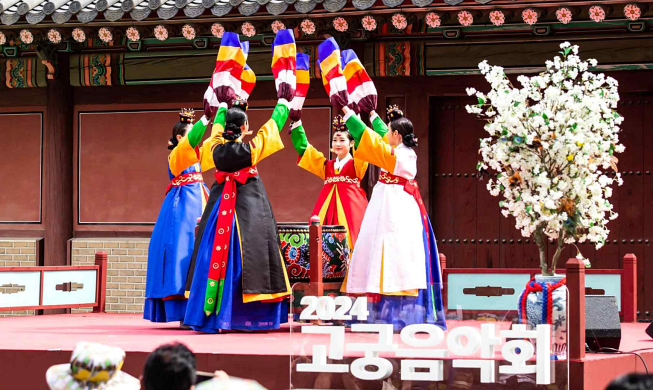-
 Korea.net's 24-hour YouTube channel
Korea.net's 24-hour YouTube channel- NEWS FOCUS
- ABOUT KOREA
- EVENTS
- RESOURCES
- GOVERNMENT
- ABOUT US

View this article in another language
- 한국어
- English
- 日本語
- 中文
- العربية
- Español
- Français
- Deutsch
- Pусский
- Tiếng Việt
- Indonesian
According to historians and archeologists, during ancient times people used beads and marbles as symbolic accessories to represent one's social status. Recently, an international academic conference was held to explore ancient East Asian trade patterns, focusing on the exchange of beads and marbles.
The Naju National Research Institute of Cultural Heritage, part of the Cultural Heritage Administration, and the Daehan Institute of Cultural Properties co-hosted the academic conference from January 29 to 31. Researchers wanted to look into the circulation of beads and its contribution to the establishment of cultural ties across East Asia. Studying a wide array of beads and marbles of different shapes and sizes found in each region, participants in the conference agreed that there have been diverse exchanges by both land and sea since many, many eons ago.
Director Lee Insook of the Seoul Baekje Museum delivered the keynote speech during the conference. "There has been evidence of an inflow of beads and marbles from the outside world at every important transition point in ancient Korea. It's believed that glass beads and glass containers, among others, can be an important key material to prove that trade existed between the East and the West along the Silk Road," Lee emphasized.
Professor An JiaYao of the Institute of Archaeology at the Chinese Academy of Social Sciences (CASS) was the first presenter at the conference. Her talk was titled "Glass Beads From the Northern Dynasties of China." Professor An explained the historical background of China during the fourth and sixth centuries when the Southern and Northern Dynasties existed: the Northern Wei (386-535), the Eastern Wei (534-550), the Western Wei (535-556), the Northern Qi (550-577) and the Northern Zhou (557-581). She added that it was a time when China was in turbulence, with continual wars and social conflict, but that at the same time many aspects of Chinese culture began to appear during this era. The period was marked with ethnic and racial conflict. "Glass beads and accessories were the main trade item that flowed into China from Central Asia and the Middle East, along the Silk Road," she said.
Her thesis regarding the origins of certain beads says that, first, Roman glass beads came to East Asia along the northern grasslands of the Silk Road. Secondly, that the glass beads manufactured in and around both the Indian and Pacific Oceans came to mainland China via maritime trade routes. Third, that tribes settled in Central Asia manufactured the glass beads in order to present them to the royal families of the Northern Wei. Finally, she theorizes that lead glass was traditionally manufactured by ethnic Han Chinese dynasties and that the people passed down the skill over generations.
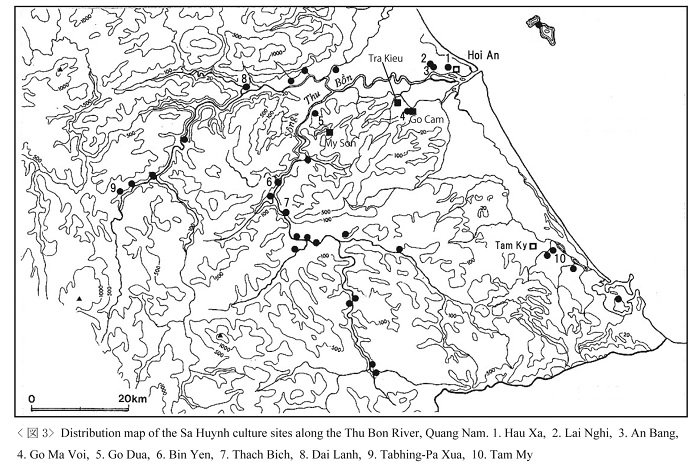
Professor Mariko Yamagata, an expert in Southeast Asian archaeology at the Center for Cultural Resources Studies at Kanazawa University in Japan, showcased her studies on the production and distribution of jade during the Vietnamese Sa Huỳnh culture (1,000 B.C.-A.D. 200). Most of the period's relics are found in earthenware jars and tombs around sand mills along the ocean and rivers. Yamagata explained that we can see a sharp rise in the excavation of beads produced between the 1st century B.C. and the 1st century A.D., the final phase of the Sa Huỳnh period. These relics, she suggested, prove that there was an increased amount of exchange with regions to the north and with the outside world. Among the many relics discovered inside the tombs, the presence of carnelian glass beads suggest that ancient Vietnam had ties with India, while the nephrite indicates ties with the ancient kingdoms that lived on what is today Taiwan.
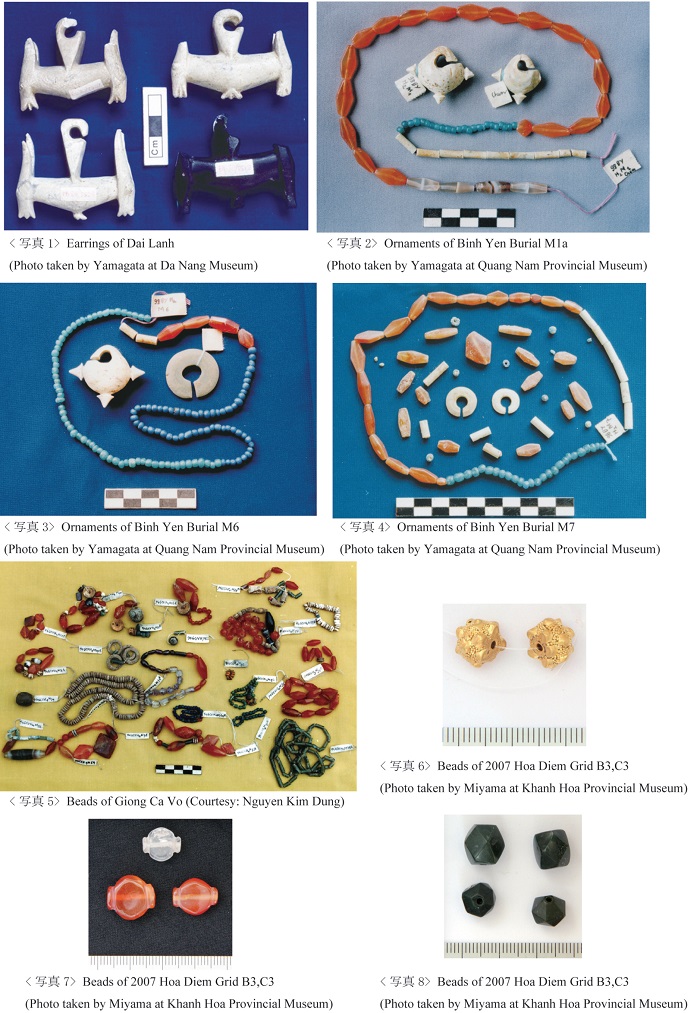
Dr. Sergey Lapteff, working for the Miho Museum in Japan, gave a presentation about bead culture in Central Asia and Southeast Asia. Lapteff insisted that it's human nature to seek out accessories and beauty, and that it has always been a symbol of power and wealth. During the presentation, he explained all the different features of beads and accessories discovered across the Near East, Turkmenistan, Central Asia and Southeast Asia.
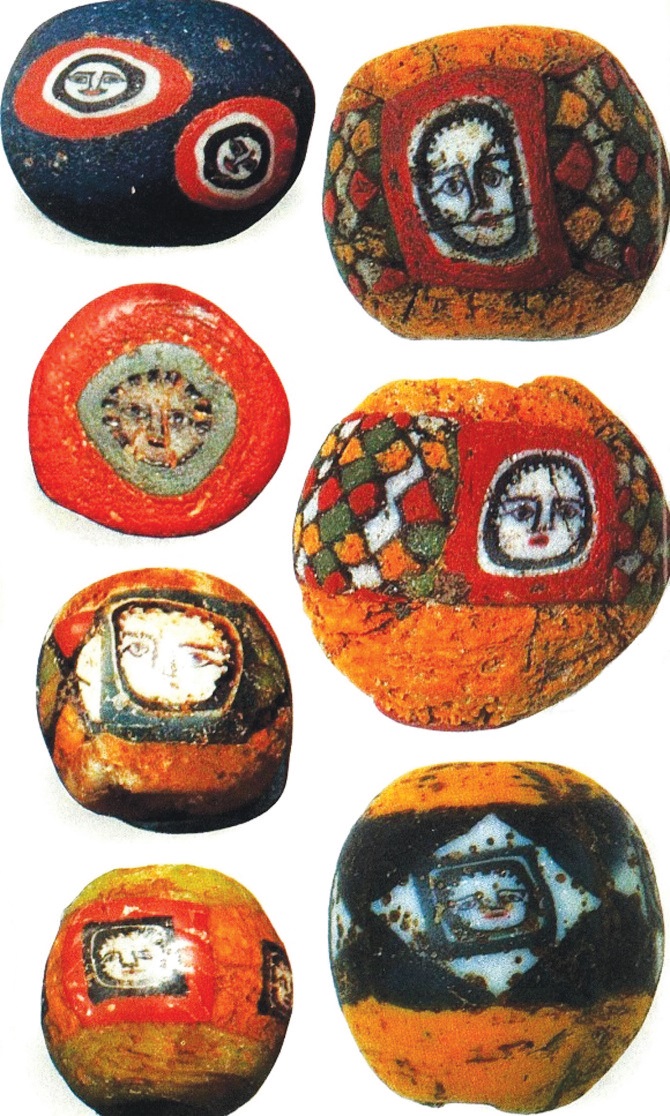
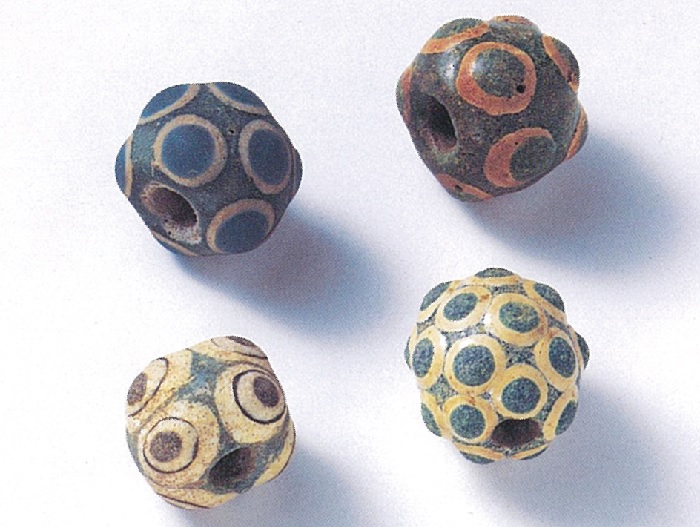
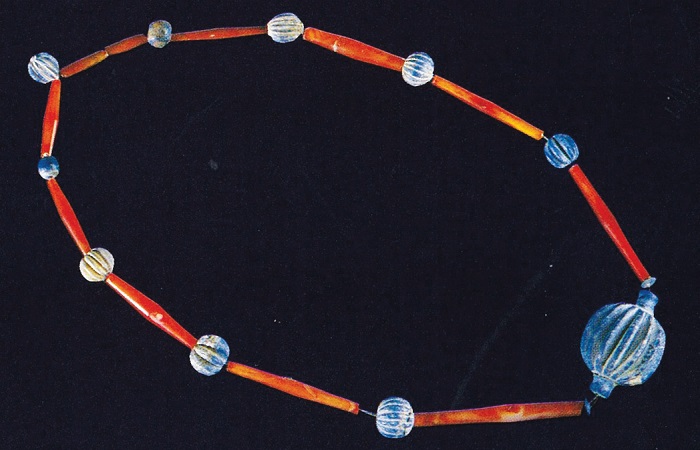
The conference was followed by a presentation from Professor Nakamura Daisuke of Saitama University. He compared marbles found in ancient Korea and ancient Japan. He explained how people's preference changed over time. Daisuke stressed that the circulation of marbles spread across many regions over a relatively short period of time, suggesting that there was probably a big change in worldwide trade patterns at the time.
Finally, Na Hye-rim of the Daehan Institute of Cultural Properties spoke about the production and circulation of jade around the Yeongsangang River in the Jeolla region of Korea. She mentioned that the texture, formation, colors and production of jade suggest that there were active trade ties between Korea, Japan and China. Pointing out how jade production seems to have moved from the West to the East, she stressed the need for further studies to dig deeper into relations between China and ancient European countries.
By Lee Seung-ah
Photos: Naju National Research Institute of Cultural Heritage
slee27@korea.kr
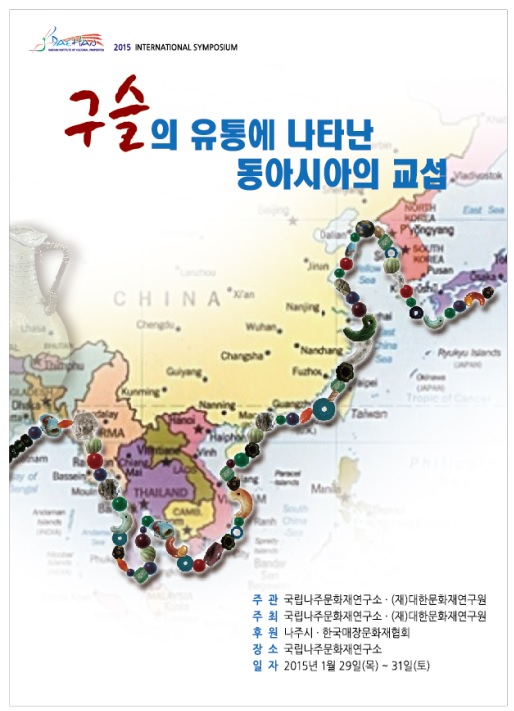

The Naju National Research Institute of Cultural Heritage, part of the Cultural Heritage Administration, and the Daehan Institute of Cultural Properties co-hosted the academic conference from January 29 to 31. Researchers wanted to look into the circulation of beads and its contribution to the establishment of cultural ties across East Asia. Studying a wide array of beads and marbles of different shapes and sizes found in each region, participants in the conference agreed that there have been diverse exchanges by both land and sea since many, many eons ago.
Director Lee Insook of the Seoul Baekje Museum delivered the keynote speech during the conference. "There has been evidence of an inflow of beads and marbles from the outside world at every important transition point in ancient Korea. It's believed that glass beads and glass containers, among others, can be an important key material to prove that trade existed between the East and the West along the Silk Road," Lee emphasized.
Professor An JiaYao of the Institute of Archaeology at the Chinese Academy of Social Sciences (CASS) was the first presenter at the conference. Her talk was titled "Glass Beads From the Northern Dynasties of China." Professor An explained the historical background of China during the fourth and sixth centuries when the Southern and Northern Dynasties existed: the Northern Wei (386-535), the Eastern Wei (534-550), the Western Wei (535-556), the Northern Qi (550-577) and the Northern Zhou (557-581). She added that it was a time when China was in turbulence, with continual wars and social conflict, but that at the same time many aspects of Chinese culture began to appear during this era. The period was marked with ethnic and racial conflict. "Glass beads and accessories were the main trade item that flowed into China from Central Asia and the Middle East, along the Silk Road," she said.
Her thesis regarding the origins of certain beads says that, first, Roman glass beads came to East Asia along the northern grasslands of the Silk Road. Secondly, that the glass beads manufactured in and around both the Indian and Pacific Oceans came to mainland China via maritime trade routes. Third, that tribes settled in Central Asia manufactured the glass beads in order to present them to the royal families of the Northern Wei. Finally, she theorizes that lead glass was traditionally manufactured by ethnic Han Chinese dynasties and that the people passed down the skill over generations.

This map shows the locations where ancient Vietnamese Sa Huỳnh artifacts were found along the Thu Bon River.
Professor Mariko Yamagata, an expert in Southeast Asian archaeology at the Center for Cultural Resources Studies at Kanazawa University in Japan, showcased her studies on the production and distribution of jade during the Vietnamese Sa Huỳnh culture (1,000 B.C.-A.D. 200). Most of the period's relics are found in earthenware jars and tombs around sand mills along the ocean and rivers. Yamagata explained that we can see a sharp rise in the excavation of beads produced between the 1st century B.C. and the 1st century A.D., the final phase of the Sa Huỳnh period. These relics, she suggested, prove that there was an increased amount of exchange with regions to the north and with the outside world. Among the many relics discovered inside the tombs, the presence of carnelian glass beads suggest that ancient Vietnam had ties with India, while the nephrite indicates ties with the ancient kingdoms that lived on what is today Taiwan.

A wide range of beads and accessories are believed to have been produced during ancient Vietnam's Sa Huỳnh period.
Dr. Sergey Lapteff, working for the Miho Museum in Japan, gave a presentation about bead culture in Central Asia and Southeast Asia. Lapteff insisted that it's human nature to seek out accessories and beauty, and that it has always been a symbol of power and wealth. During the presentation, he explained all the different features of beads and accessories discovered across the Near East, Turkmenistan, Central Asia and Southeast Asia.

Some beads found in the Mediterranean Basin are painted with a human face (100 B.C.-A.D. 100).

'Eye beads' are from ancient China (500 B.C.-300 B.C.).

Tubular carnelian beads and lapis-lazuli beads are from ancient Syria (c. 2,500 B.C.).
The conference was followed by a presentation from Professor Nakamura Daisuke of Saitama University. He compared marbles found in ancient Korea and ancient Japan. He explained how people's preference changed over time. Daisuke stressed that the circulation of marbles spread across many regions over a relatively short period of time, suggesting that there was probably a big change in worldwide trade patterns at the time.
Finally, Na Hye-rim of the Daehan Institute of Cultural Properties spoke about the production and circulation of jade around the Yeongsangang River in the Jeolla region of Korea. She mentioned that the texture, formation, colors and production of jade suggest that there were active trade ties between Korea, Japan and China. Pointing out how jade production seems to have moved from the West to the East, she stressed the need for further studies to dig deeper into relations between China and ancient European countries.
By Lee Seung-ah
Photos: Naju National Research Institute of Cultural Heritage
slee27@korea.kr

Most popular
- First Korean-style 'taxi driver' diner opened in New York
- 76 national heritage sites to allow free admission from May 15
- Foreign tourist editions of unlimited transit card coming in July
- Africa's appeal on full display at downtown festival in Seoul
- UK univ., KCC in London host Korea Day event in Sheffield




